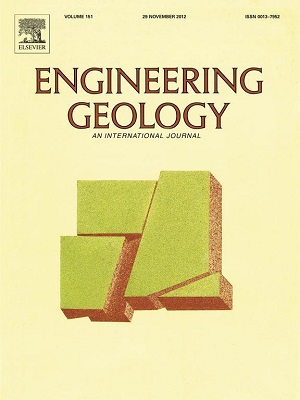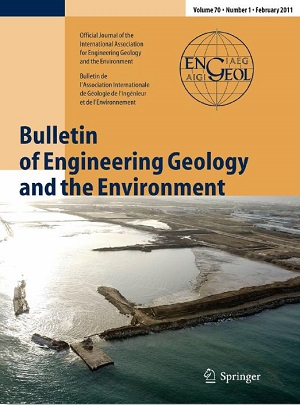|
News
|
2014
Dr. Qi Shengwen was invited to be an Editorial Board Member of the prestigious journals Engineering Geology and Bulletin of Engineering Geology and the EnvironmentRecently, Dr. Qi Shengwen was invited to be an Editorial Board Member of the prestigious journals Engineering Geology and Bulletin of Engineering Geology and the Environment.
Details can be found at Here and Here
|
-
SIMSSecondary Ion Mass Spectrometer Laboratory
-
MC-ICPMSMultiple-collector ICPMS Laboratory
-
EM & TEMElectron Microprobe and Transmission Electron Microscope Laboratory
-
SISolid Isotope Laboratory
-
StIStable Isotope Laboratory
-
RMPARock-Mineral Preparation and Analysis
-
AAH40Ar/39Ar & (U-Th)/He Laboratory
-
EMLElectron Microscopy Laboratory
-
USCLUranium Series Chronology Laboratory
-
SASeismic Array Laboratory
-
SEELaboratory of Space Environment Exploration Laboratory
-
PGPaleomagnetism and Geochronology Laboratory
-
BioMNSFrance-China Bio-mineralization and Nano-structure Laboratory



